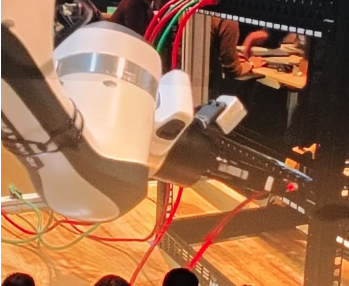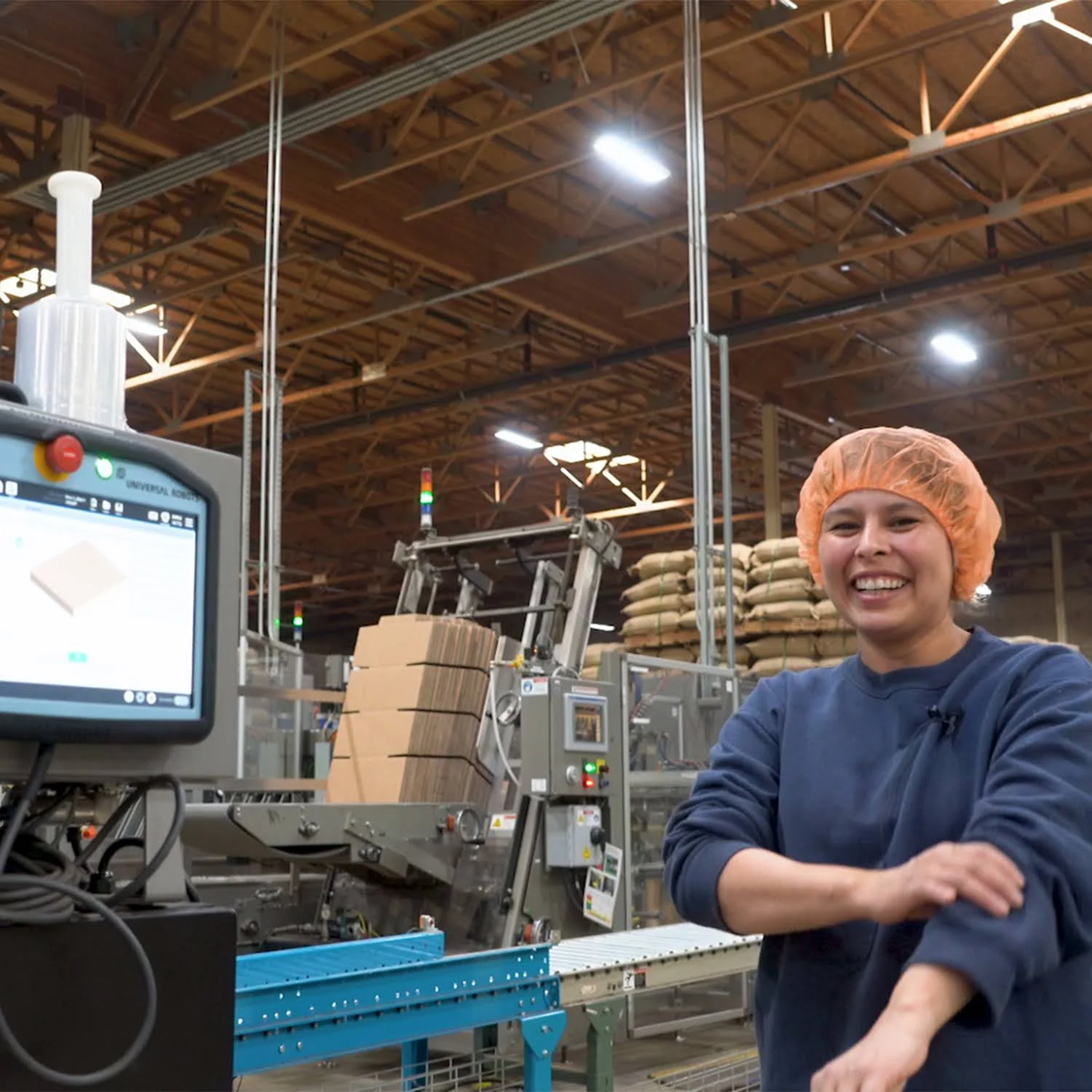Automated Screwdriving: Is My Task Really Suitable?

Posted on Mar 15, 2022 in Automation
5 min read time
Screwdriving is the second-most common assembly task. But it is also a tiresome job with many problems when done manually. Automated screwdriving offers a highly effective solution… but only if your task is suitable.
Assembly is a core activity for many manufacturers and screwdriving is an extremely common operation. According to research, the only assembly task that is more prevalent than screwdriving is peg-in-hole.
There are many great reasons to automate your screwdriving task, including improved consistency, reduced injury to workers, and high accuracy.
The problem is that not all screwdriving tasks are suitable for automation.
If you select the wrong task — or the wrong type of automatic screwdriving machine —you could end up with an automatic screwdriving system that doesn't suit your needs.
What type of automated screwdriving system do you need?
People sometimes get the wrong idea when it comes to automated screwdriving. They assume that there are only two options: manual screwdriving or full-scale automation.
In reality, there are a few options for automated, or semi-automated, screwdriving. Any of these might be suitable for your needs. Which solution is best depends on your situation.
Three common options are:
- Full automatic screwdriving machine — These are a type of conventional automation. So they tend to be big, bulky, and expensive. They include fixed spindles and fixtures that perform exactly the same screwing operation every time. They are ideal for high-volume production with simple screwdriving tasks that never change.
- Auto-screw feeder with handheld nutrunner — This is one step up from manual screwdriving with an electric screwdriver. The operator holds the nutrunner in their hand, which provides high torque to the screw. The automated aspect comes from the screw feeder, which automatically feeds the nutrunner with screws.
- Robotic screwdriving — Collaborative robot screwdriving offers the best of both worlds. It is almost as flexible as manual screwdriving for some tasks but has the high consistency of conventional automation.
Before you can assess your particular screwdriving task for suitability, you will need to decide which of these 3 types of automation you need.
5 factors that make a screwdriving task challenging for automation
What makes a screwdriving task easy or difficult for automation?
When you are manually screwdriving, you might not notice that the task is actually quite complex. Deceptively complex.
Robotics researchers broke the task of screwdriving down into its component parts to find which were the most challenging.
Here are 5 factors that make a task challenging for automated screwdriving:
1. Unclear understanding of your screwdriving task
The first challenge comes before you even start deploying your automated solution. There are many automated screwdriving solutions on the market. They all share similar properties, but some will be more suitable for your needs than others.
If you don't have a clear understanding of your screwdriving task, this can make it very hard to find a good solution for your needs.
2. Screw dispensing
One challenge with automation is that everything needs to be presented in a controlled, consistent way. For example, a screwdriving robot requires that the screws are presented in exactly the same location and orientation every time.
A common solution for this is to use a screw feeder. This ensures that the robot will always receive a screw in the right way. The Robotiq Screwdriving Solution includes the Robotiq SF-300 Screw Feeder for this purpose.
.jpg?width=682&name=Photo_Screwdriving%20Solution_Screwdriver%20taking%20a%20screw%20from%20feeder%20(3).jpg)
If each of your assemblies requires dozens of different screw types, shapes, and sizes, it becomes a lot harder to dispense the screws properly.
3. Unusual, nonferrous screws
A related problem is transporting the screw from the feeder to the work space. You don't want the screw to fall from the robot's end effector when it's in motion. This could lead to an incorrectly assembled product.
With ferrous screws, the robot can keep hold of the screw using a magnetic tip. However, this doesn't work for all screw types.
If your task uses an unusual, nonferrous type of screw, you might struggle to automate it easily.
4. Strange or complex screw alignment
Possibly the most important and challenging aspect of automated screwdriving is alignment. The screw must be perfectly aligned with the bolt or hole. If it is incorrectly aligned, faults like cross-threading can occur, ruining the workpiece.
Your chosen automated screwdriving system should be able to accurately position and align the screw, as well as account for errors.
If your screws are very difficult to align for some reason, it may be hard to automate the task without adding extra components or fixtures.
5. Excessive torque required
There are three basic stages to any screwdriving motion: Alignment, rundown, and tightening.
In the final tightening step, the automated system applies torque to the screw, fixing it firmly in place. Your system should be able to support the torque required. For example, the Robotiq Screwdriving Solution can apply torques up to 4 Nm.
If your screws require very high torques, they will need specialist nutrunners to account for this.
How to assess your screwdriving task for suitability with a robot
There are some clear signs that a screwdriving task is suitable for automation.
Some good rules of thumb when you assess a task for robotic automation are…
- The part can be fixtured
- The task is simple
- Only one human is replaced
- Uses a single type of screw
- You have operator buy-in
- Additional floor space is available
- Has a high impact
You can learn more about these in our articles How to Appraise Potential Tasks for Robotic Screwdriving, and 10 Properties to Look for in a Robotic Screwdriving System.
To find out about the Robotiq Screwdriving Solution visit our product page.
Which of your screwdriving tasks do you think could be suitable for automation? Tell us in the comments below or join the discussion on LinkedIn, Twitter, Facebook, or the DoF professional robotics community.






Leave a comment